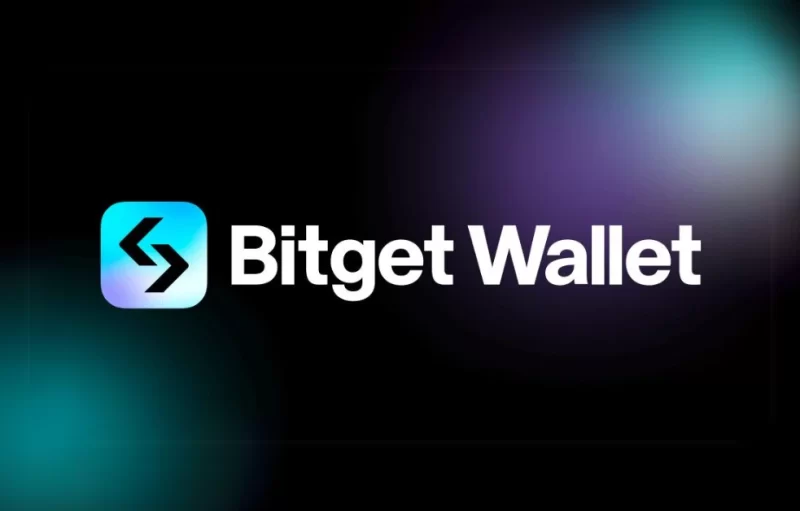
Artificial Intelligence (AI) has become one of the most used emerging technologies in improving the efficiency of modern-day systems.
This nascent technological field dates its origins to the 1950s following Alan Turing’s theory of computation.
The prominent English mathematician, also known as the father of computer science, raised a fundamental question in his ‘Computing and Machinery Intelligence’ seminal work. Can machines think?
Seven decades down the line and AI has become a major facet in the field of technological advancements. John McCarthy, in his 2004 research paper, defines the AI concept as,
‘the science and engineering of making intelligent machines, especially intelligent computer programs. It is related to the similar task of using computers to understand human intelligence, but AI does not have to confine itself to methods that are biologically observable.’
Today, AI-powered applications are being used in various ecosystems, including web search engines such as Google, self-driving cars (Tesla), speech recognition (Alexa & Siri) and recommendation systems (E-commerce and Social media).
Furthermore, innovators within this niche are working on more sophisticated integrations hence the rise of AI-powered bots to perform tasks that would have required human intervention.
What Does the AI-Driven Future Hold?
As the old saying goes, change is inevitable. Likewise, technology has brought significant change in how the world operates.
The past two decades have been marked by advancements in the internet, with social media and global economies being among the trendsetters of the technological era.
That said, AI is among the leading technologies that are being adopted by both individuals and corporations. Die-hard enthusiasts believe that AI-powered bots might take over the world at some point in the future.
As far as development goes, the next phase of AI is currently underway, with the primary focus being AI robots.
However, the big question remains on the value proposition of AI compared to its cons. Machine computing has shown that humans can reduce their workload by a ton while increasing the decision-making efficiency of existing systems. In addition, AI-powered applications are more effective, given that they are free of human emotions, not to mention their ability to assess risk.
On the devil’s advocate side, AI technology has some shortcomings and consequences that would negatively impact the world.
For starters, it is quite costly to develop these advanced computing systems. Even worse, AI could replace most of the exciting human jobs, creating a large pool of unemployment in the coming years.
Despite the differences on whether an AI-driven future is a way to go, most tech-savvy companies and individuals are moving to leverage the technology’s capabilities.
As mentioned earlier, a lot of AI integrations are happening in the financial market ecosystem, including nascent ones like the crypto industry.
AI Use Cases in Modern-Day Markets
Since the debut of the stock market in the late 1800s, it has undergone significant development to become a major pillar of modern-day economies.
As it stands, trillions of dollars are exchanged every year, featuring sophisticated instruments such as Exchange Traded Funds (ETFs) and derivatives.
Well, AI has become the cherry on the cake; traders are now using AI-powered algorithms to make the most from the markets.
AI Integrations in Crypto
The trend has also caught up with the crypto ecosystem, giving rise to AI-oriented decentralized applications (DApps). Smart contract developers can leverage powerful external AI API services through bridging solutions offered by the likes of Oraichain.
The Oraichain ecosystem provides an AI-powered oracle solution, enabling DApp developers to access quality external AI APIs to improve the efficiency and effectiveness of their smart contracts.
With Decentralized Finance (DeFi) becoming more popular, AI-powered APIs such as the one offered by Oraichain are scaling the possibilities of integration with off-chain systems.
More importantly, this AI bridge bases its infrastructure on the principles of decentralization. Users can participate in the platform’s governance through the ORAI native token, which also features incentives for network validators who stake the token.
Moving on from connecting blockchains to real-world data, crypto traders can leverage AI-powered liquidity protocols such as Primex to reduce their risk exposure.
This DApp features a cross-DEX platform where users can trade several crypto pairs on spot and margin. However, the main value proposition is in the Primex AI-based trader scoring.
This AI-powered analysis tool continuously evaluates traders on Primex through Machine Learning (ML) nodes.
As such, it is simpler for traders to understand their risk exposure depending on the available buckets (liquidity pools) and one’s risk accommodation level.
This makes it easier for DEX traders to survive the high crypto volatility, saving themselves from possible liquidation events.
Closing Thoughts
Going by the current developments in the AI field, the next decade will likely welcome advanced integrations with existing industries.
The shift is already happening, not only in the featured industries but other sectors, including logistics, healthcare and gaming.
“[AI] is going to change the world more than anything in the history of mankind. More than electricity.” – AI oracle and venture capitalist Dr Kai-Fu Lee, 2018
With blockchain tech in the picture, we can already see this radical change in the financial markets scene. AI will further improve the efficiency of distributed ecosystems and digital assets to set the stage for a technologically-powered global market.
The post appeared first on Coinpedia



 Read more about Incentives & how to join us:
Read more about Incentives & how to join us: 




